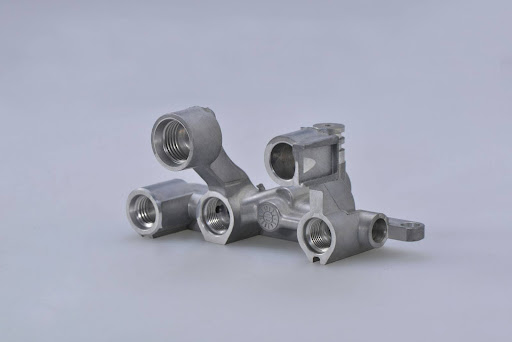A good die-casting mold is one that accommodates specific customizations as per the client’s requirements. Modern mold manufacturers offer computer simulation-based analysis of molds so that the customer can check the feasibility of the design. Going for a custom mold & design allows you to optimize the design and get the best return on the investment that you make for mold manufacturing.
Molding Shapes That Serve Your Needs
If you do not have an idea about the alterations or customizations that a mold design can have, this particular blog post will be of great help. Here are a few steps that go into creating a customized die-casting mold.
Create A Prototype
The first step to creating a customized mold is to create a prototype. A prototype allows you to test and carry out the entire process of trial and error so that you know what works best for you. To create a prototype, you will need 3D-printed parts that are joined together to create a workable mold. Once you have the basic prototype ready, you will have to make trade-offs for factors like strength geometry, ease of ejection, etc, to create the perfect mold that best serves your interests.
Take Care Of The Dimensions
The size of the mold, that is, the length, breadth, or circumference, as the case may be, is the easiest thing to modify when it comes to customizations. So, if you need some quick modifications, the easiest thing to do is work around the dimensions of the mold.
Taking Care Of The Parting Lines
The parting lines are the places where two different components of the mold touch or connect with each other. Slight changes in the way the parting lines are laid make a lot of difference to the way the molten metal flows in the mold. So, design the parting lines carefully.
Work Around With The Wall Thickness
The internal space between the walls of the mold decides how the final solidified metallic piece will be. So, if you want the final product to have thick walls, then the internal space within the mold has to be large. On the other hand, if you want to make a steel cup with thin walls, the internal space between the walls of the mold has to be less. But for thin-walled objects, you must add ribs at appropriate locations so that the thin-walled structure does not develop cracks on its walls.
Adding Bosses For Uniform Wall Structure
Bosses help add knob-like structures in mold that help mount and maintain the uniformity of the wall. So, if you are very particular about getting a uniform wall structure, add bossing to your mold.
Final Words
Making changes to a mold can help with the uniformity, dimension, and intricate structure of a metallic structure. So, if you are not satisfied with the final structure of the metallic structure, try striking a deal with a mold maker who has expertise in customizing molds to meet your needs.


